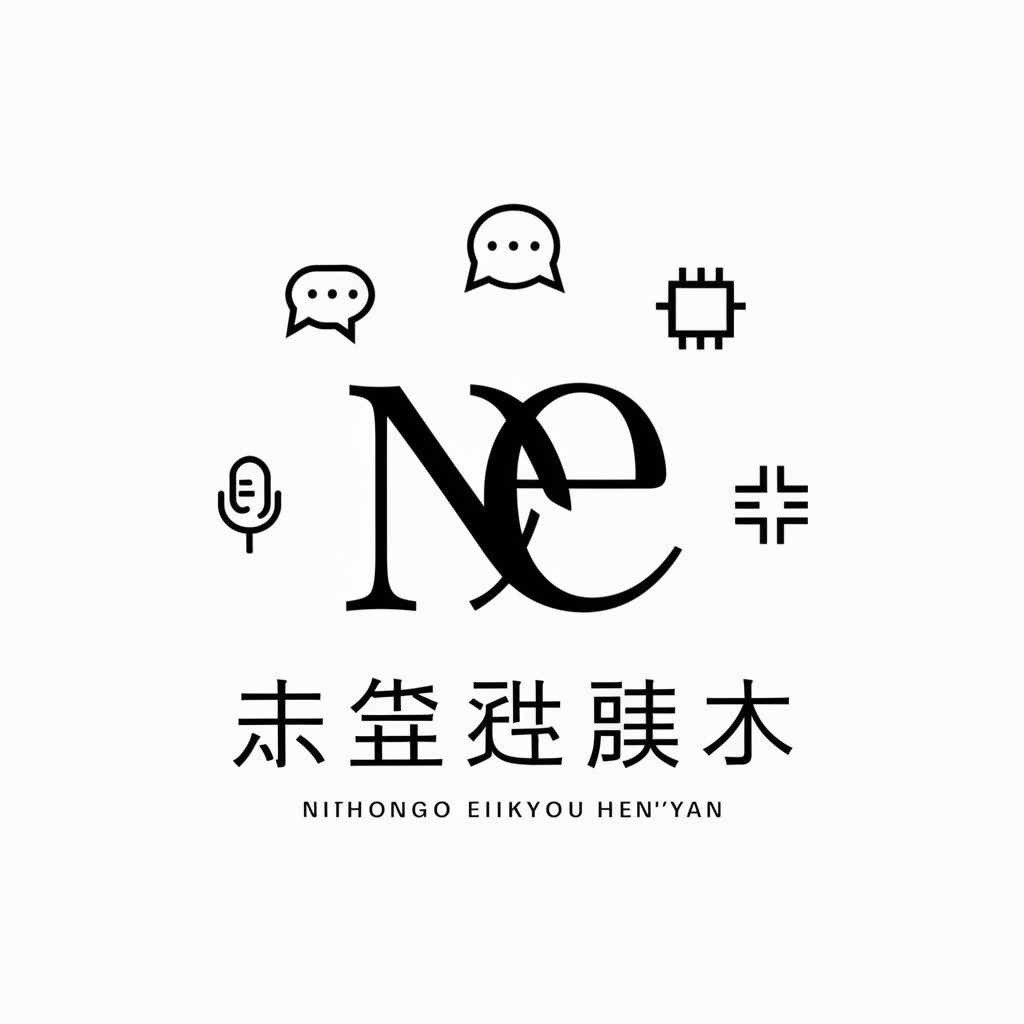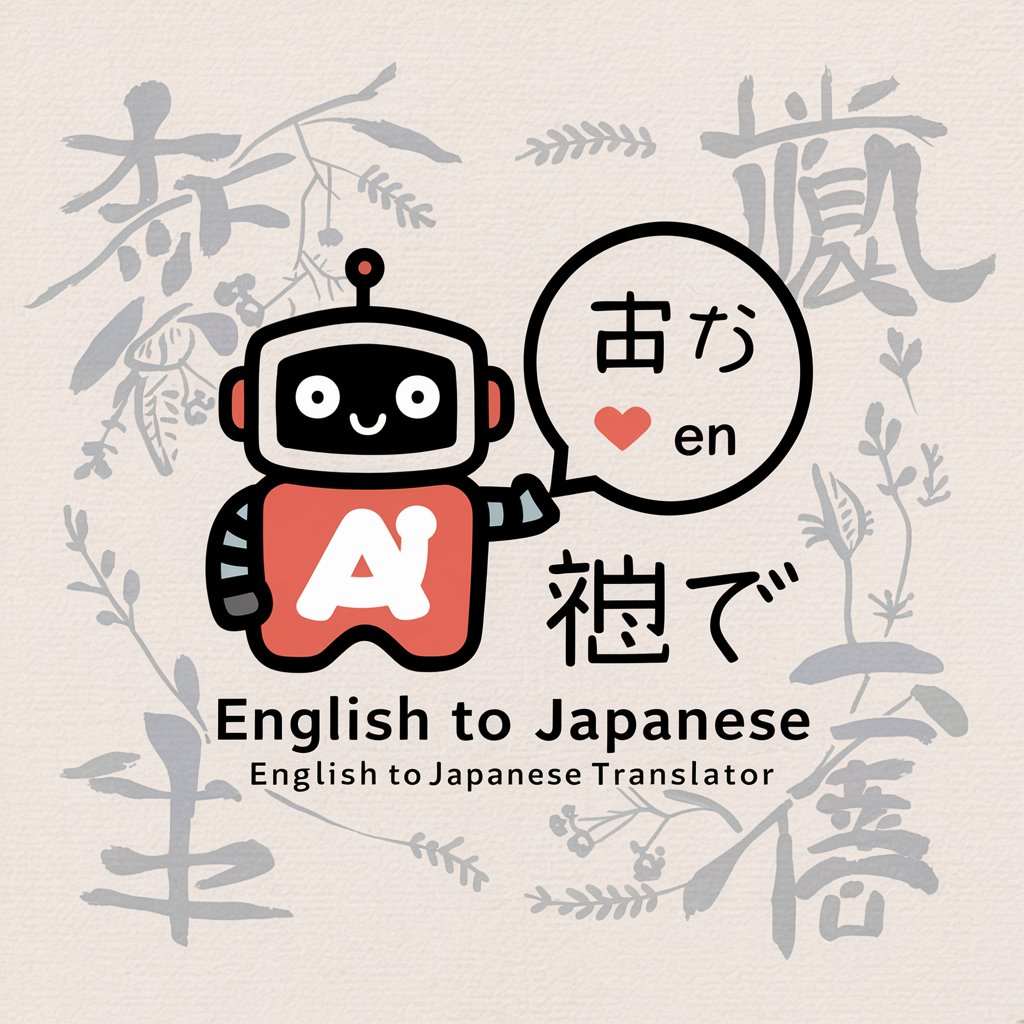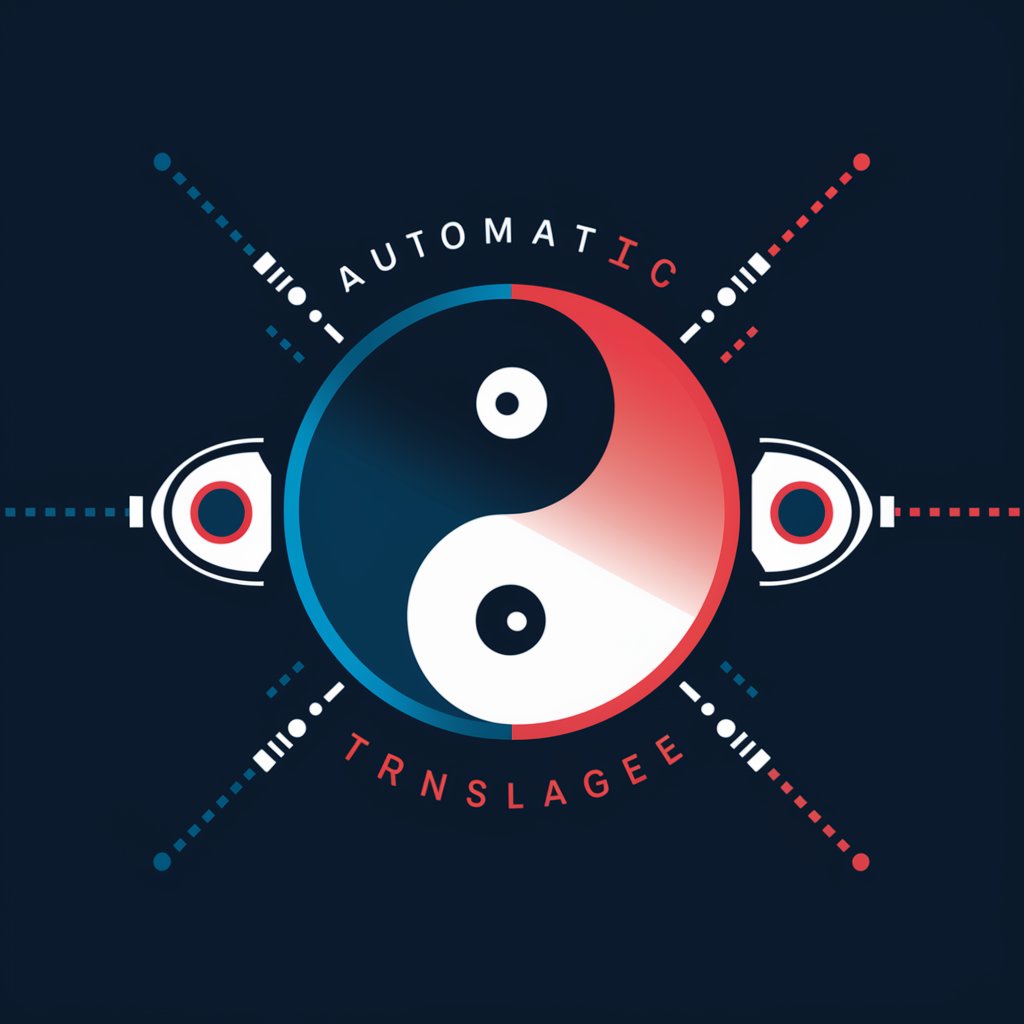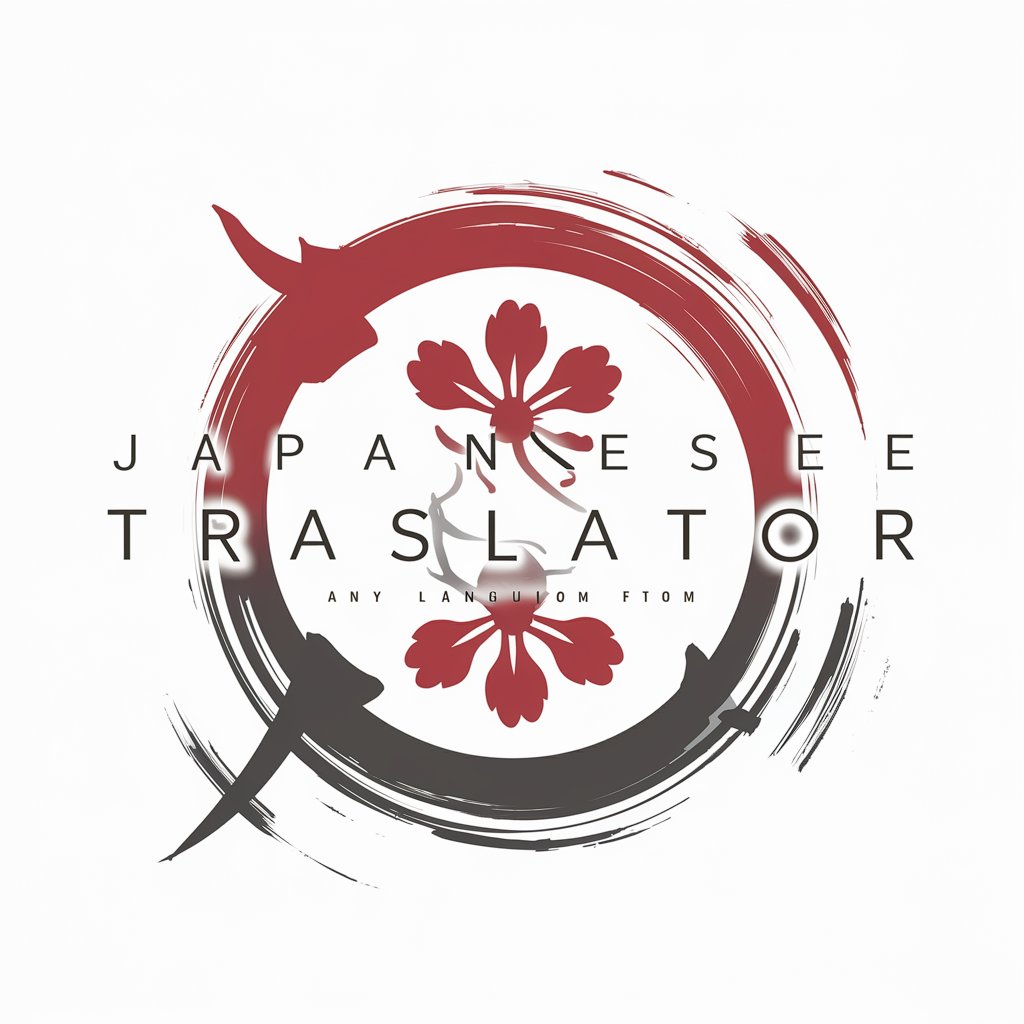
日本語English変換処 - Japanese-English Translation
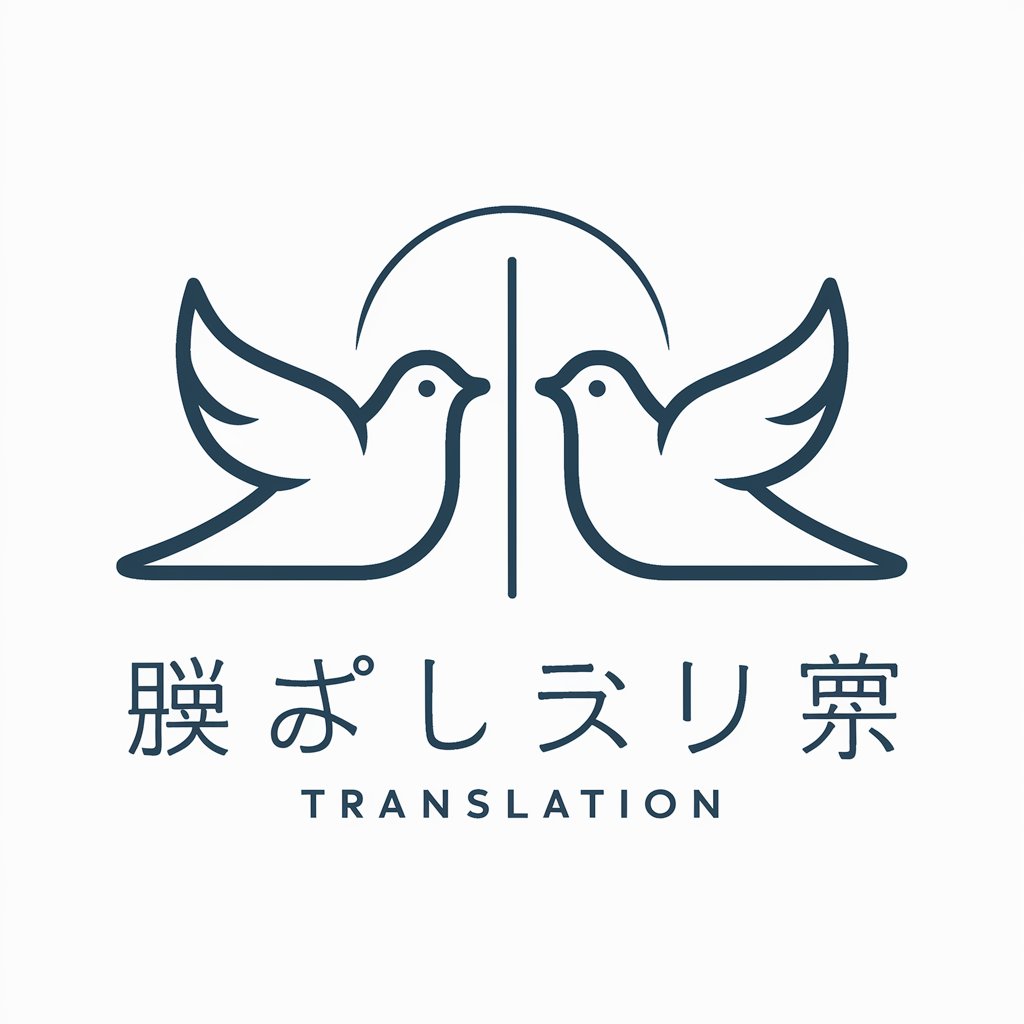
Welcome! I'm here to help with your translation needs.
AI-powered, seamless language translation
Translate the following Japanese text to English:
Convert the given English sentence into Japanese:
Ensure the translated text maintains the same meaning as the original:
Rephrase this Japanese sentence in English:
Get Embed Code
Introduction to 日本語English変換処
日本語English変換処 is a specialized language translation model designed to accurately and consistently translate text between Japanese and English. The core purpose of this model is to maintain a high level of consistency in translation, ensuring that translations can be reliably reversed from one language back to the original text without loss of meaning or context. This is particularly useful in scenarios where precision and accuracy of language translation are critical. For instance, in legal documents where every word must be precisely translated to avoid misinterpretation, or in technical manuals where accurate instructions are crucial. Powered by ChatGPT-4o。

Main Functions of 日本語English変換処
Consistent Bidirectional Translation
Example
Translating legal contracts from English to Japanese and vice versa, ensuring that the terms and conditions are accurately maintained in both languages.
Scenario
In legal or diplomatic contexts where precise language is crucial, ensuring that translations are consistent and reversible can prevent misunderstandings or misinterpretations of legal texts.
Preservation of Formatting and Structure
Example
Maintaining the original format of a technical manual when translating it from Japanese to English, ensuring that the structure, diagrams, and annotations are accurately represented in the translated document.
Scenario
In technical or engineering fields where manuals or instructional materials need to be understood by an international team, preserving the original format and structure in translation ensures clarity and usability across language barriers.
Ideal Users of 日本語English変換処 Services
Legal Professionals
Lawyers and paralegals dealing with international contracts or legal documents would benefit from the precise and reversible translations, ensuring legal terms are consistently maintained across languages.
Technical Writers and Engineers
Professionals who create or utilize technical manuals, user guides, or instructional materials would find value in the accurate translation and preservation of document formatting and structure, crucial for maintaining clarity in technical communication.

How to Use 日本語English変換処
1
Access a free trial instantly at yeschat.ai, no signup or ChatGPT Plus required.
2
Choose the language of your input text, either Japanese or English, to start the translation process.
3
Input your text into the designated field for translation.
4
Review the translated text, ensuring it meets your expectations for accuracy and context.
5
Use the translated text for your intended purpose, whether for study, work, or personal use.
Try other advanced and practical GPTs
TuistGPT
Optimize and Scale Xcode Projects Efficiently

Marketing Assets Generator
Crafting Visuals, Empowering Brands

GPTian Calendar
Redefining Time with AI

CloudBreach
Navigating Cloud Security with AI

🔥Sir Richard Branson - Brand Building Connoisseur
Empowering Brands with AI-driven Innovation

Dr. Andrew Huberman GPT
Empowering Minds with Neuroscience Insights

GPad
Elevate Your Game with AI-powered Puzzle & Dragons Insights

BeL2
Empowering Bitcoin with Smart Contract Capabilities

BEST CHRISTMAS GIFT IDEAS 🎈
Discover the Perfect Gift, Powered by AI

Commit Translator
Translate commit messages with AI precision.
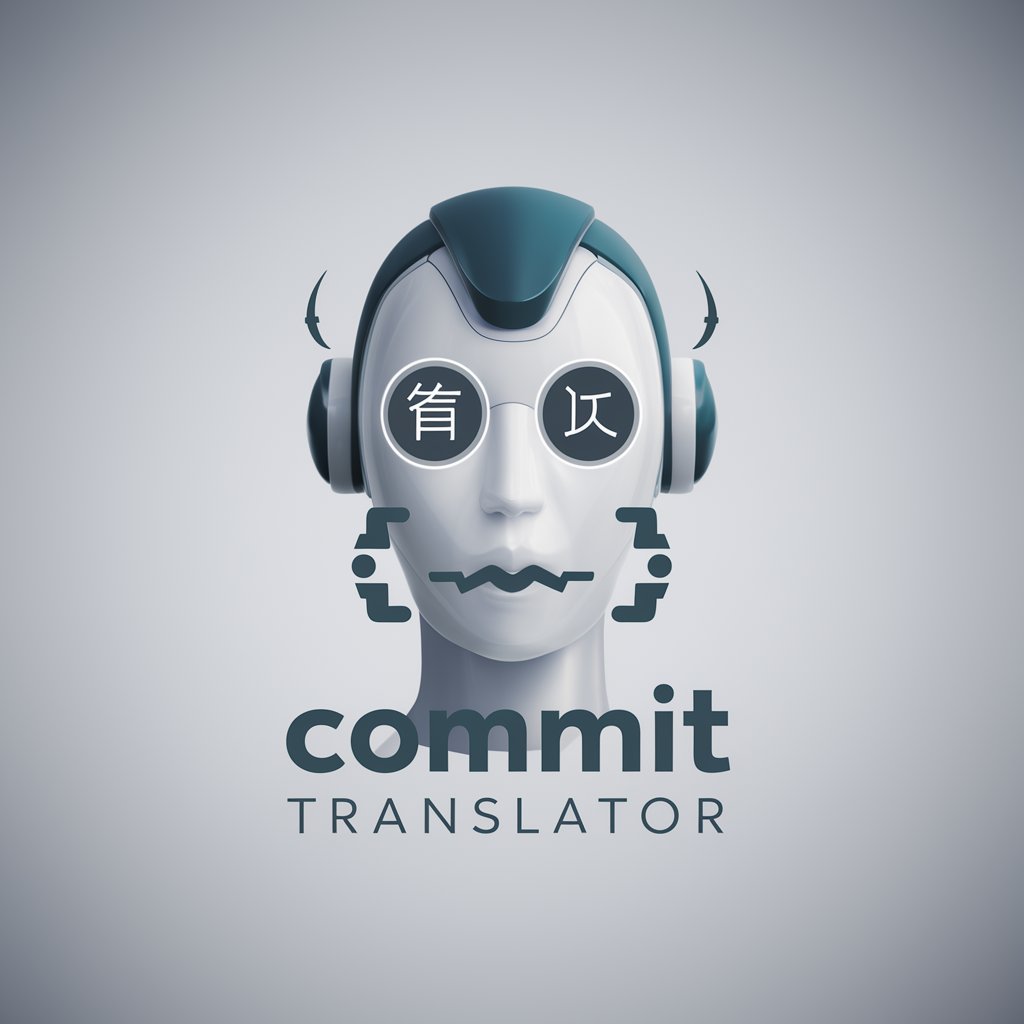
FanFic Writer by Fictions.ai
Craft Your Universe with AI Imagination

Crispr Gene Editing for Agriculture
Empower crops with precision editing

Frequently Asked Questions about 日本語English変換処
What is 日本語English変換処?
日本語English変換処 is a specialized tool designed for accurate and consistent translations between Japanese and English, ensuring that the meaning and context remain intact across translations.
Can 日本語English変換処 handle technical documents?
Yes, it is equipped to translate technical documents, but the accuracy can vary based on the complexity of the terminology and concepts involved.
Is there a limit to the amount of text 日本語English変換処 can translate at one time?
While there may be practical limits for performance and usability, 日本語English変換処 is designed to handle substantial text volumes efficiently.
How does 日本語English変換処 ensure translation accuracy?
It utilizes advanced AI algorithms and linguistic databases to maintain context, nuance, and accuracy in translations, with continuous updates for improvement.
Can I use 日本語English変換処 for real-time conversation translations?
While primarily designed for text translations, its fast processing capabilities can support near real-time translations in conversational contexts.

